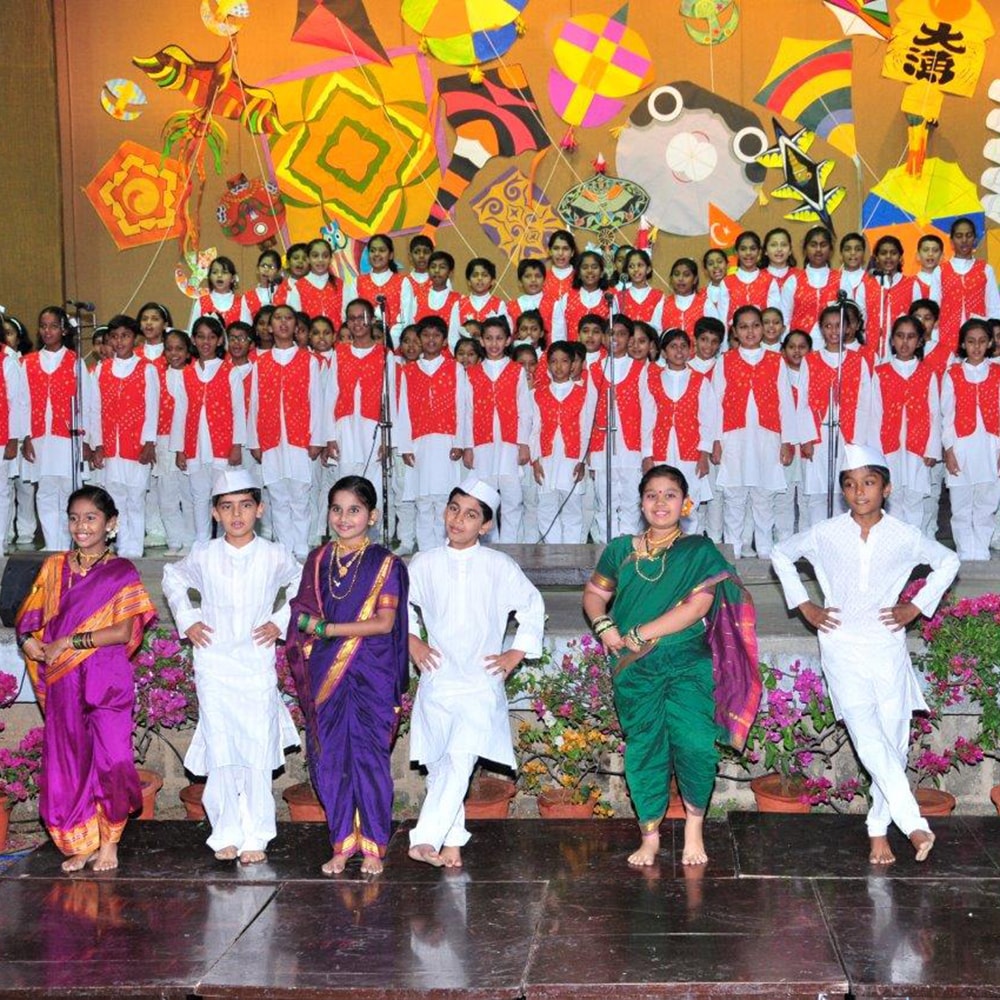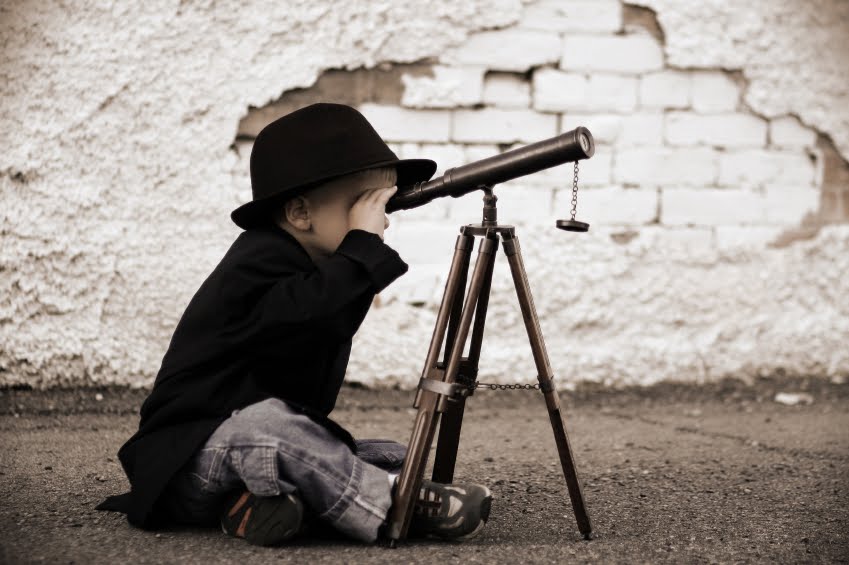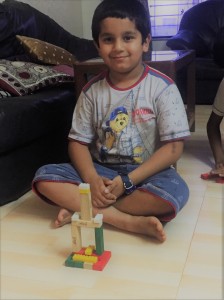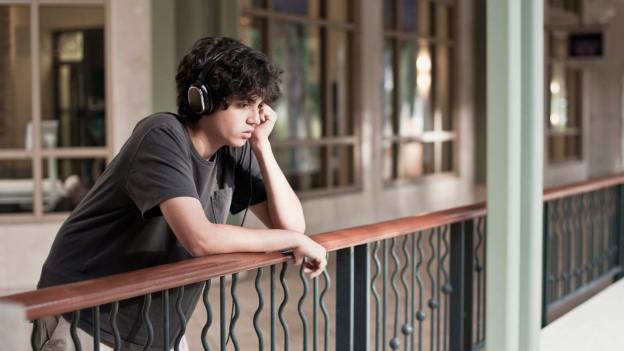There are days when my teen and I get along like the old times, when he will hug me and hang around me like a nine year old. And then there are other times, when he will mumble at everything I tell him and make me want to shake him and get him to answer me properly. He is tall lanky guy who seems to wear this ‘I know what I want’ look most of the time.
I thought my teen wanted to be left alone
So where his academics are concerned, I would keep a watch but let him decide his study time and portion completion. This I quickly realized was a bad idea, we had to stay up till 2 am one night to complete the study for next morning’s exam.
He had a different set of friends as school over the last two years, as elective subjects were introduced their batch has been shuffled. This meant he was hanging out with kids I knew nothing about, much less anything about their parents. Over time, I lost touch with what was happening with his friends, how his relationships were growing… he would share some stories of school, every once in a while, so I did know the names, but what were they like, their habits and personalities, I had little clue. I felt I would be intruding if I asked too many questions.
After all, when I did ask the questions, I would get vague, monosyllabic answers; so I left him to his own devices believing he was now old enough to handle his relationships. A few cracks in these relationships with people who were once very close to him caused him pain and anxiety. Something I learned almost a year after the incident had happened. And my young boy had been struggling with the issue, without even realizing it, all by himself; with some help from friends who were as clueless as he was.
I was wrong!
This incident made me question the very premise that we parents come to adopt that these teens are now old enough and mature enough to handle their lives on their own. I believe, parents of boys feel this more as the boy grows up, chooses to share little about what’s happening with him and worse, refuses to share anything that is bothering him (they feel boys are not supposed to share or feel weak or hurt).
While theoretically I do know this is what the teen boys think and feel, I didn’t catch it when my teen was going through this phase. He seemed to go through his regular day without saying anything and I just assumed things were fine with him, and I did not have to keep on asking him how he was doing.
When, one day, he shared that things were not absolutely fine with him, I realized my assumptions about him being able to handle stuff were wrong. Ok, let me state here that I am not doubting his ability to excel, I am not saying he is not mature enough to understand all that is happening with him, but what I realized is that my approach of staying away and letting him solve his problems on his own was probably what was wrong.
What science says
My research on the topic led me to this Wall Street Journal article (link provided below), where various studies explain the behavior of teens from the age of 11 through till they are 18 years old. The article makes for a very interesting read, especially if you have kids in this age group. The writer has shared a careful analysis of the behavior of children as they grow through these years and the areas where they need parental support and intervention.
Here’s a quick snapshot of what is required from parents of 15-16 year olds.
Apparently these are the two years that teens are most prone to taking risks. According to the paper, ‘the brain’s reward receptors are blossoming, amplifying adolescents’ response to dopamine, a neurotransmitter associated with feelings of pleasure and satisfaction. This makes thrill-seeking more desirable than it will ever be again. Normal fears of danger are temporarily suppressed during adolescence, a shift scientists believe is rooted in an evolutionary need to leave home and explore new habitats.’
My responsible little boy was turning edgy
I think this insight is amazing. My young teen has been one of the kids who has always judged risk well in his younger days, to the extent that he hardly hurt himself physically during his toddler years. I have always considered him a very sensible young man. And then, suddenly, in the last one year, he has been willing to experiment with his career, go to the very edge of what we call the standard, and at times, making me panic.
Parental support makes a difference
It was heartening to know that according to experts, this age is not too late for warm, supportive parents to make a difference. In a laboratory risk-taking test, teens who grew closer to their parents starting at age 15 showed less activation of a brain region linked to risk-taking and took fewer chances 18 months later, according to a 2015 study of 23 adolescents published in Developmental Cognitive Neuroscience. The closeness to parents included having parents’ respect and help talking through problems, and an absence of arguing or yelling, according to the study.
Choosing to be a part of my teen’s world – again
These scientific findings have helped me re-look at my relationship with my son. First, I began talking to him more often, trying to get him to share his daily life as he used to in his younger days. I stopped leaving him alone, though he did display that he wanted me to.
I fell back on the research I had done and the papers I read, that they are open to advise if you don’t push it down their throat. Till I began this project on understanding my teen better, I used to let him make a lot of his study decisions on his own. And this often landed him in a soup, where the last day would see him struggling to complete submissions, and study. The last few days, I have begun to guide him with clear timelines, telling him that he needs to do certain tasks at a given time.
While there is an initial resistance to being told what to do, I find that he does see sense in what I tell him. And he will follow the instruction with, of course, a few tweaks of his own. I do believe this change in approach will enable him to score better marks at his exams, and as I handhold him to logical decision making, he too will learn to make better decisions for himself.
Don’t be hurt by your teen’s behaviour
As I continue my exploration of how the teen mind works, I am increasingly realizing how ill-equipped we, parents are when it comes to helping our children cope with these tumultuous years. Instead of being their pillars of support, we are too busy nursing our own hurt as they begin to challenge our authority, tell us that we don’t really know how the world works, and that they don’t want to live with us anymore, that we are interfering in their space.
This is difficult for most parents to handle, but letting go of your children at this stage is like abandoning them when they need you the most. They are in the process of finding themselves, and tend to experiment with not just different hairstyles and clothes, but also with different personalities. This leads them to hang out with different kinds of people, make friends with peers they may never have interacted with at school earlier… this is also the time when they have many arguments with their friends as each one tries to prove his or her point.
You need to be your teen’s biggest fan!
In the backdrop of all that is happening emotionally and socially, these are crucial academic years for the child, as he /she is in the process of completing schooling. But with so much happening outside the class, and the emotional centres of the brain being in overdrive, these youngsters can often feel alone, misunderstood and isolated. They feel they can’t trust anyone. In this situation, if you as a parent too pull out your support, the young teen is actually abandoned and has to fend for him / her self.
This condition of being left alone, constantly being reprimanded at home for poor time management, improper behavior and too many restrictions on dressing and social etiquette leads to immensely aggressive behavior among these youngsters. Further, it creates permanent behavior patterns that they carry into their adult life. Much of what we as parents tell them now, becomes their self talk in the adult years.
These facts and research papers made me realize that we need to be as involved in the lives of our teens as we were when they first began school. Just as they were unsure of their environment then, they are now. It’s just that they don’t come home crying about a fight they had, nor does their teacher call us to school to say he / she is acting up.

Your teen son still wants to be loved, hugged and appreciated.
So my suggestion to my peers is, if you have become a hands-off parent as the teen years set in, with the belief that you were giving your youngster freedom… well, maybe you need to relook at your stance. Your teen’s happiness is still your responsibility and he still needs you to hug him, love him and appreciate him even if he does not ask for it. In other words, your teen wants you to be his biggest fan. Please don’t let him down!
Read more of the Wall Street Journal research article here: https://www.wsj.com/articles/what-teens-need-most-from-their-parents-1470765906





















